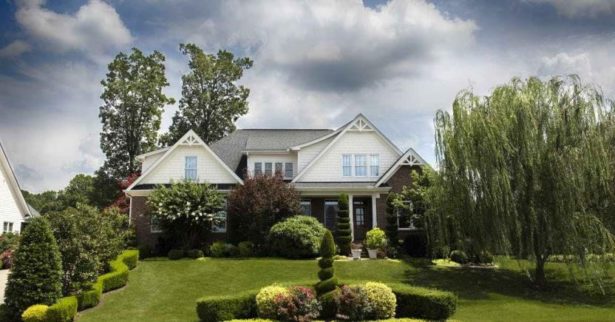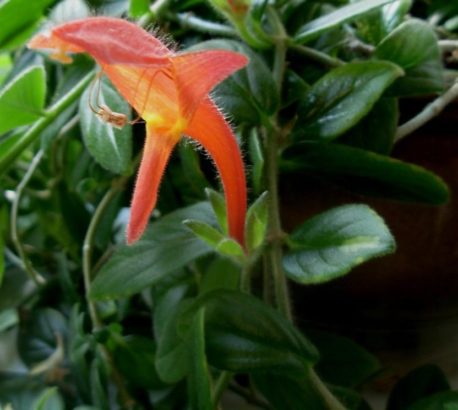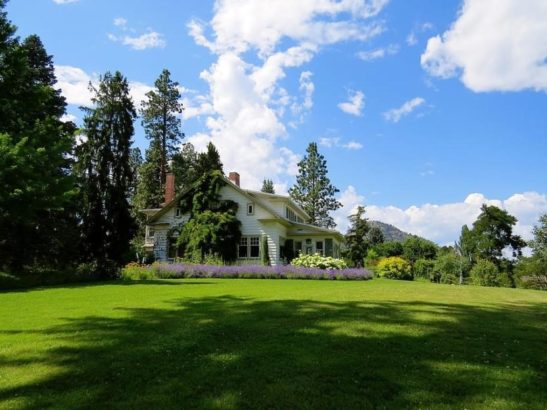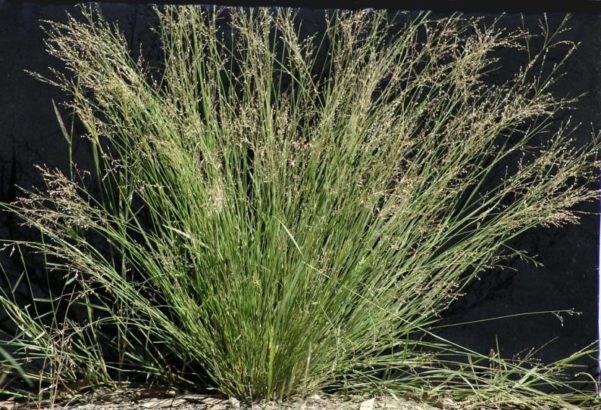By Kimberly Park

Those of us in the Pacific Northwest’s temperate climate aren’t typically concerned about our apples getting sunburned. But a recent heatwave may have everyone thinking more about protecting their landscaping. And some are wondering if what they plant can impact how they weather the next round of abnormally high temperatures. Here are six ways to use your landscaping know-how to increase your home’s energy efficiency.
1. Plant Native Species

Native plants use less water than non-native
s, once they establish a strong root system. Native species such as red columbine and Dutchman’s britches can actually improve water and soil quality around your home since they don’t need fertilizer or pesticides. The Pacific Northwest is home to more than 250 native plant species. Evaluate your soil, determine if the plants will receive full sun or a combination of sun and shade, and determine wind conditions before planting.
2. Use Trees for Shade

Planting deciduous trees can provide summertime shade and reduce the need for air-conditioning. You’ll want to target the shade toward east-facing walls in the morning hours and toward west-facing walls in the afternoon. Planting trees to shade concrete driveways and other hardscaped areas like patios will also pay off by cooling the air around your home. Avoid planting shrubs near A/C units so they can operate at maximum efficiency.
3. Try Evergreens as Windbreaks
Evergreens that keep their foliage year-round can slow those biting winter winds, keeping the chill from seeping into your home. They can also direct the cold away from your home’s large outer surfaces, reducing the need for constant heating. The best windbreaks take some time to establish but provide cozy comfort for years to come. It’s important to space trees to account for future growth. You’ll also want to mix it up by planting several varieties to avoid losing your windbreak to a specific pest or disease.
4. Take Advantage of “Sweating” Trees
While the majority of trees’ energy-saving benefits come from throwing shade, trees also cool the air by releasing water vapor. It’s called transpiration. Trees draw water up from the roots, then lose up to 99% of the moisture that reaches the leaves. The result? Surrounding air temperatures will be several degrees lower. Your outdoor spaces will be cooler, meaning you’ll have less need to duck into the air-conditioned indoors.
5. Ditch the Mower by Planting Native Grasses

Want to save time, gas, and the environment by reducing the need to mow? Try native grasses. They consume less water than traditional turf, are more pest-resistant, and don’t need much mowing. In fact, some ornamental and prairie grasses look best when left to grow high. True, native grasses don’t provide that pristine green carpet look, but they do prevent soil erosion and degradation. Try a border, then replace turf with natives if you like it wild.
6. Consider Your Home’s Microclimate
The area immediately surrounding your home is its microclimate. It’s important to consider factors like sun, shade, wind, rain, and even nearby bodies of water before choosing plant, tree, and grass options. This is especially important when landscaping with an eye toward energy efficiency. Slopes can influence water runoff, the orientation of structures can impact wind conditions, and many factors can sway the temperature near your home. Paying close attention to these before landscaping will pay off with a cooler (or cozier) home for years to come.
Kimberly Park grew up on a farm, where she learned to love animals and the great outdoors. She’s organized several barn-raising parties in her small community. As an environmental activist, she has dedicated her life to educating people about gardening and eco-friendly living.


Leave a Reply